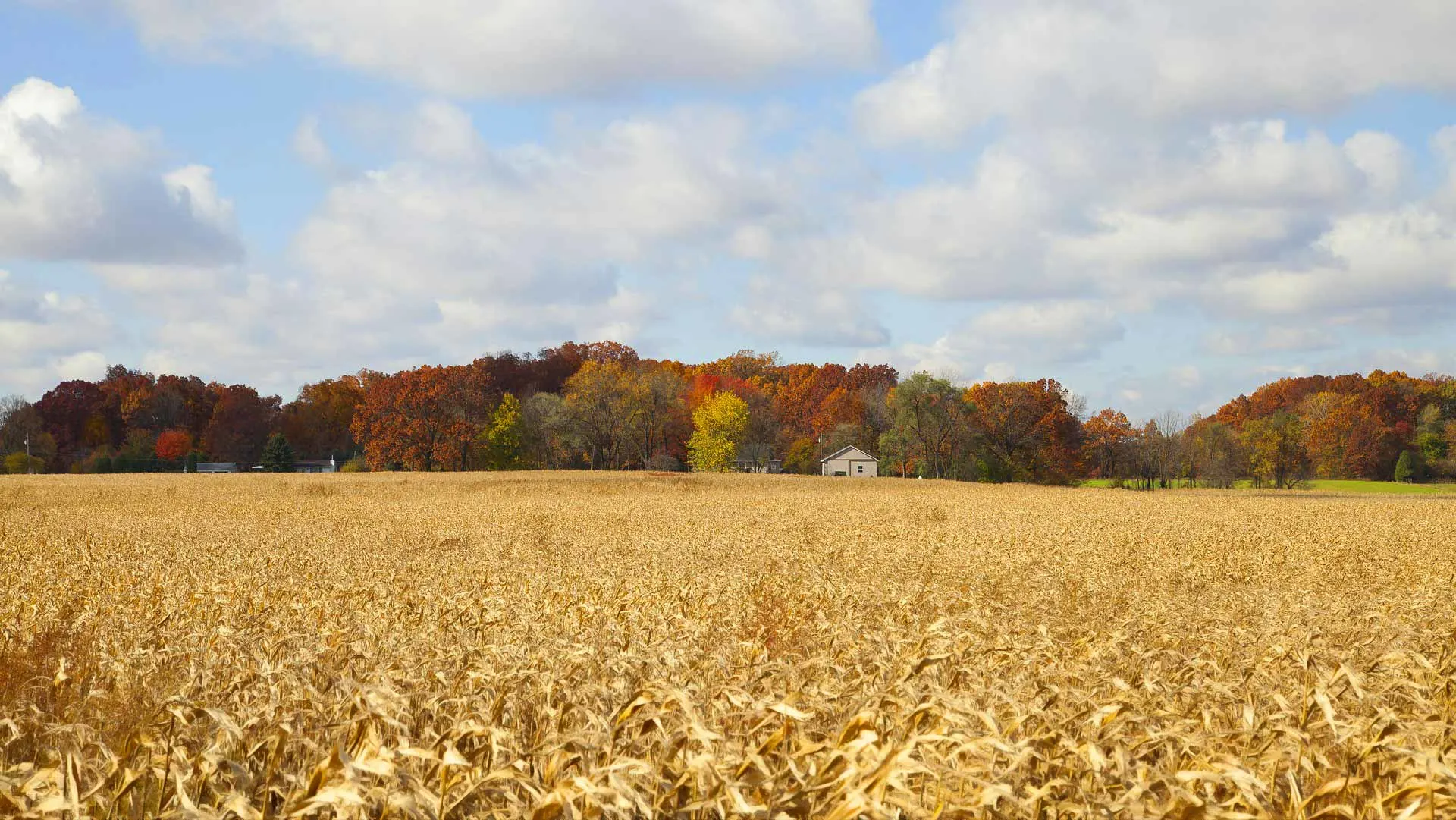
Applying nitrogen fertilizer in the fall is a much-debated topic in Western Canada. On one hand it can help spread a farmer’s workload throughout the whole season but if conditions are poor it can be a waste of time and money.
Fall-applied nitrogen sits on the field for almost six months before it is used by the crop – a lot of time for something to go wrong. One such wrong is the significant nitrogen loss that can occur over this period which not only wastes fertilizer but can have serious environmental consequences. Let us look at the rewards and risks of applying fall fertilizer and methods to mitigate nitrogen loss.

On this page
Rewards of Fall Fertilizer Application
The price of nitrogen fertilizer is generally cheaper in the fall due to lower product demand. The weather is often drier, making it easier for applicators to mix fertilizer into the soil and not having to drive through muddy conditions.
Perhaps the biggest benefit to applying fertilizer in the fall is that it will not need to be applied in the spring thus allowing extra time to focus on seeding and extra space in the tank(s) for other agrochemicals.
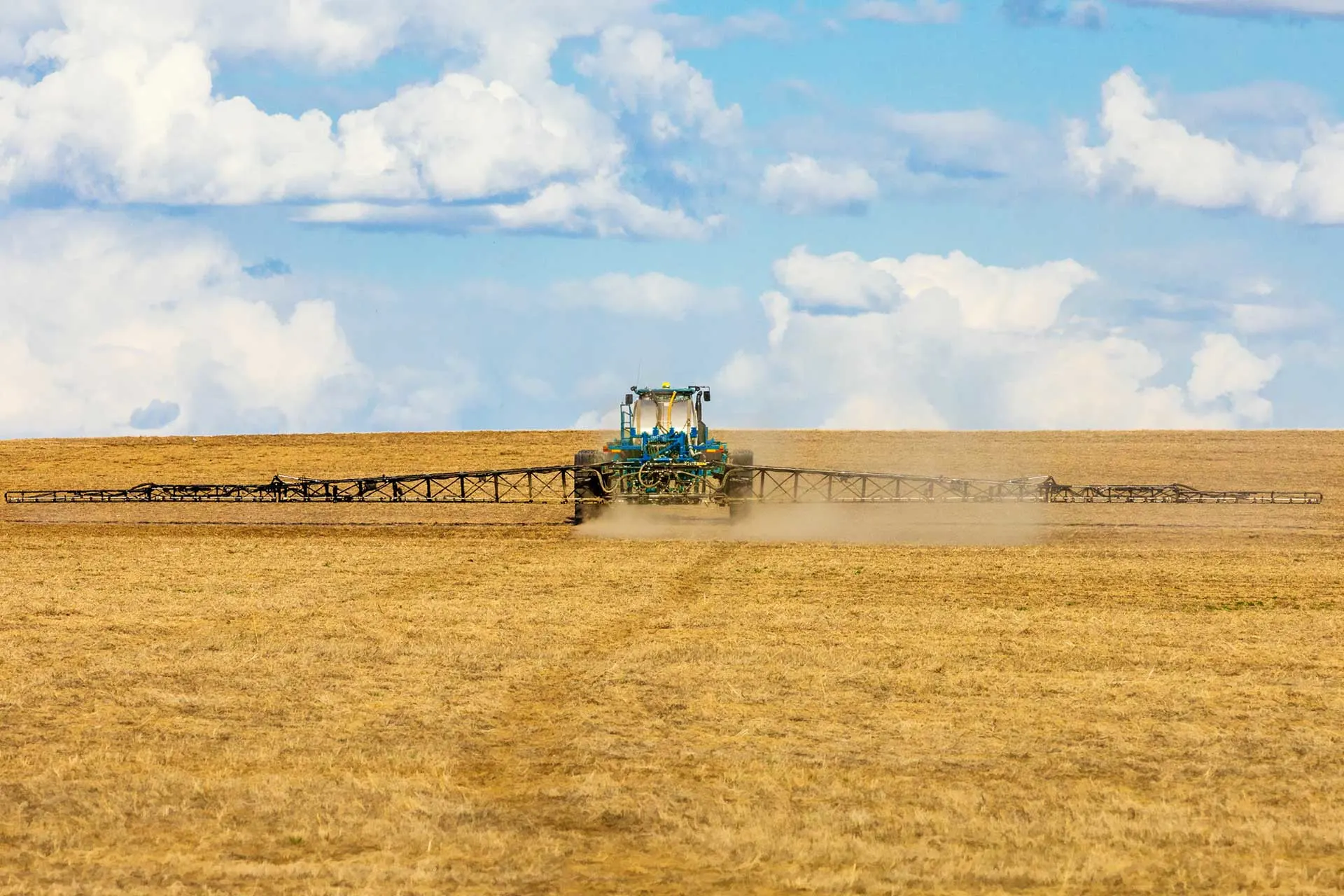
Risks of Fall Fertilizer Application
The major risks of applying fertilizer in the fall is nitrogen loss via volatilization, runoff, leaching, denitrification and the detrimental effects of these processes. If proper precautions are not taken, most of the nitrogen can disappear before plants have had a chance to use it.
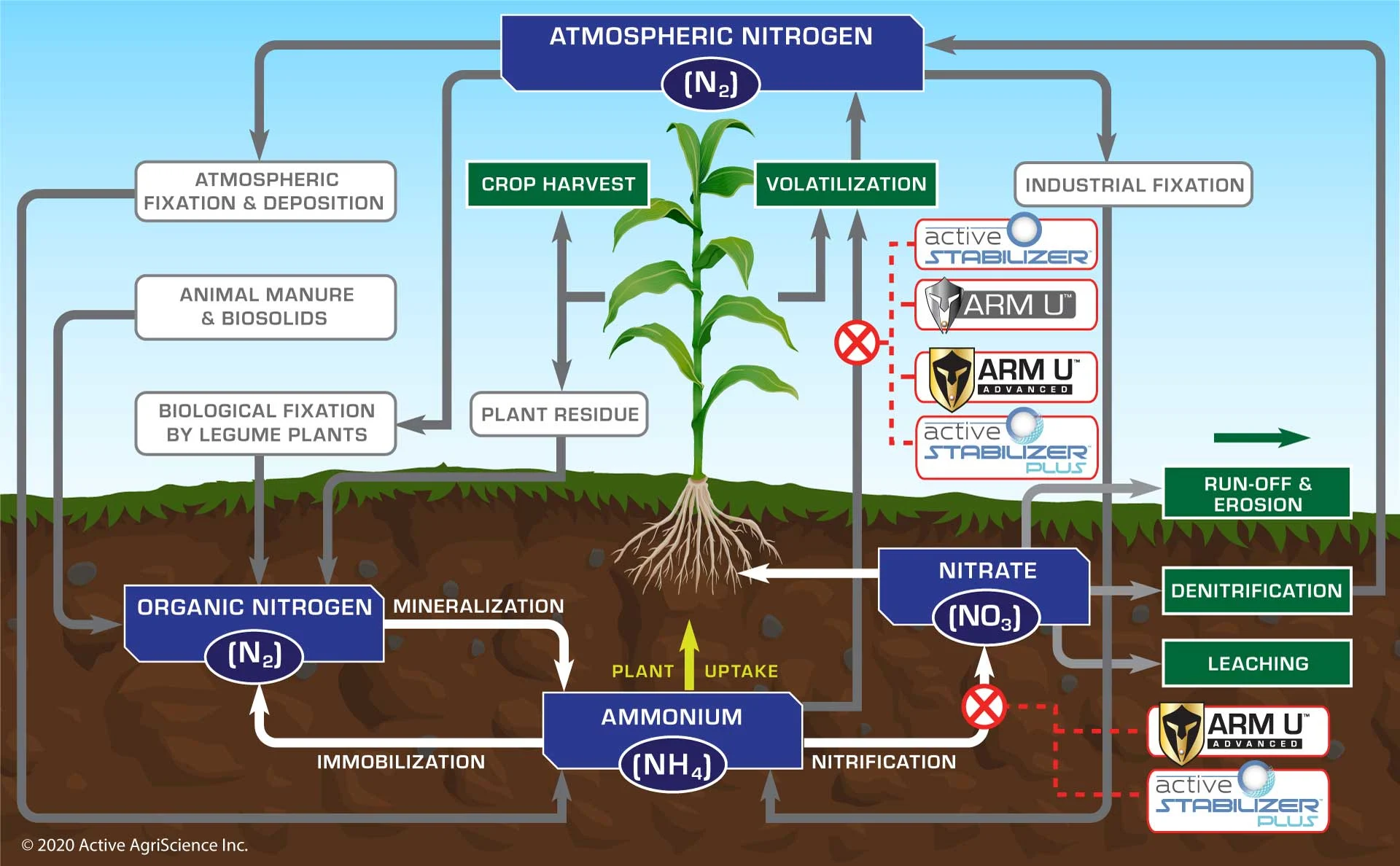
Volatilization
Volatilization occurs when urease enzymes convert urea fertilizer into a gaseous form called ammonia. These enzymes remain active until -20°C causing nitrogen loss even into late fall.
Runoff
Failure to properly work fertilizer into the soil can result in fertilizer being left on the surface leading to runoff in wet conditions and the polluting of waterways.
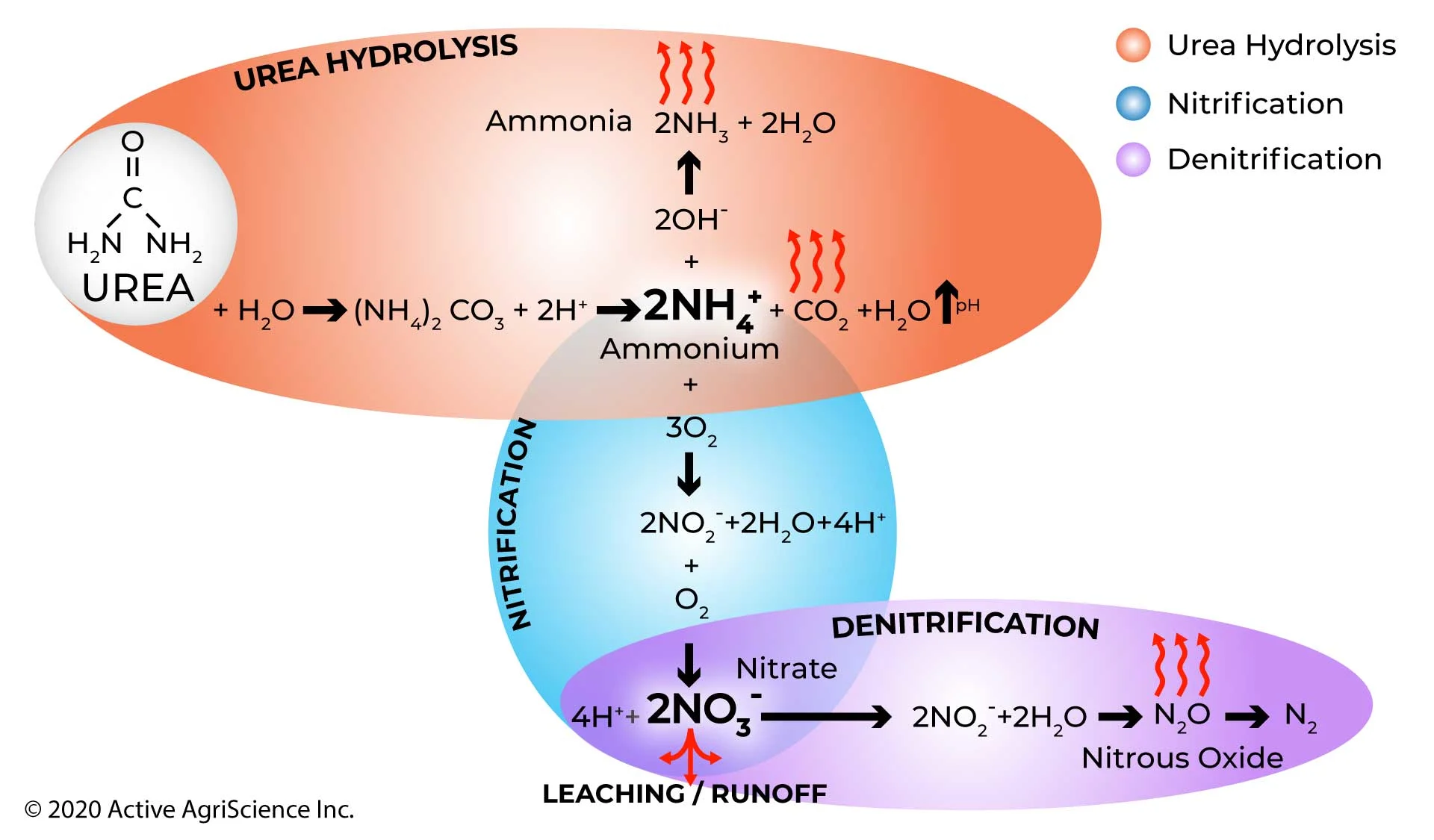
Leaching and Denitrification
Nitrification is the process where Nitrosomonas and Nitrobacter bacteria convert urea fertilizer into nitrate. Nitrate is unstable and can leach into ground water or undergo denitrification and further convert into nitrous oxide. Nitrous oxide is a greenhouse gas 300 times more potent than carbon dioxide that remains in the atmosphere for over 120 years. Thus the nitrification/denitrification processes contribute to nitrogen loss with an associated environmental cost.
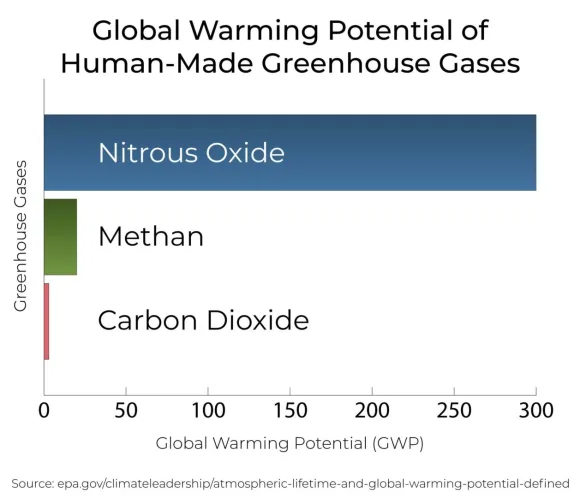
Reducing the Risks of Fall Fertilization
Considering the potential nitrogen loss and environmental damage, is fall fertilization worth the risk? There are a few procedures to follow that will reduce the risks of applying fall fertilizer:
- Waiting until temperatures are at least below 5°C.
- Banding fertilizer rather than Broadcasting.
- Applying a nitrogen stabilizer.
Apply Fertilizer Below 5°C
Nitrification ceases at 0°C but volatilization continues until -20°C. If you wait until the temperature is below 5°C before applying fall fertilizer, the processes of nitrogen loss will be slowed down.
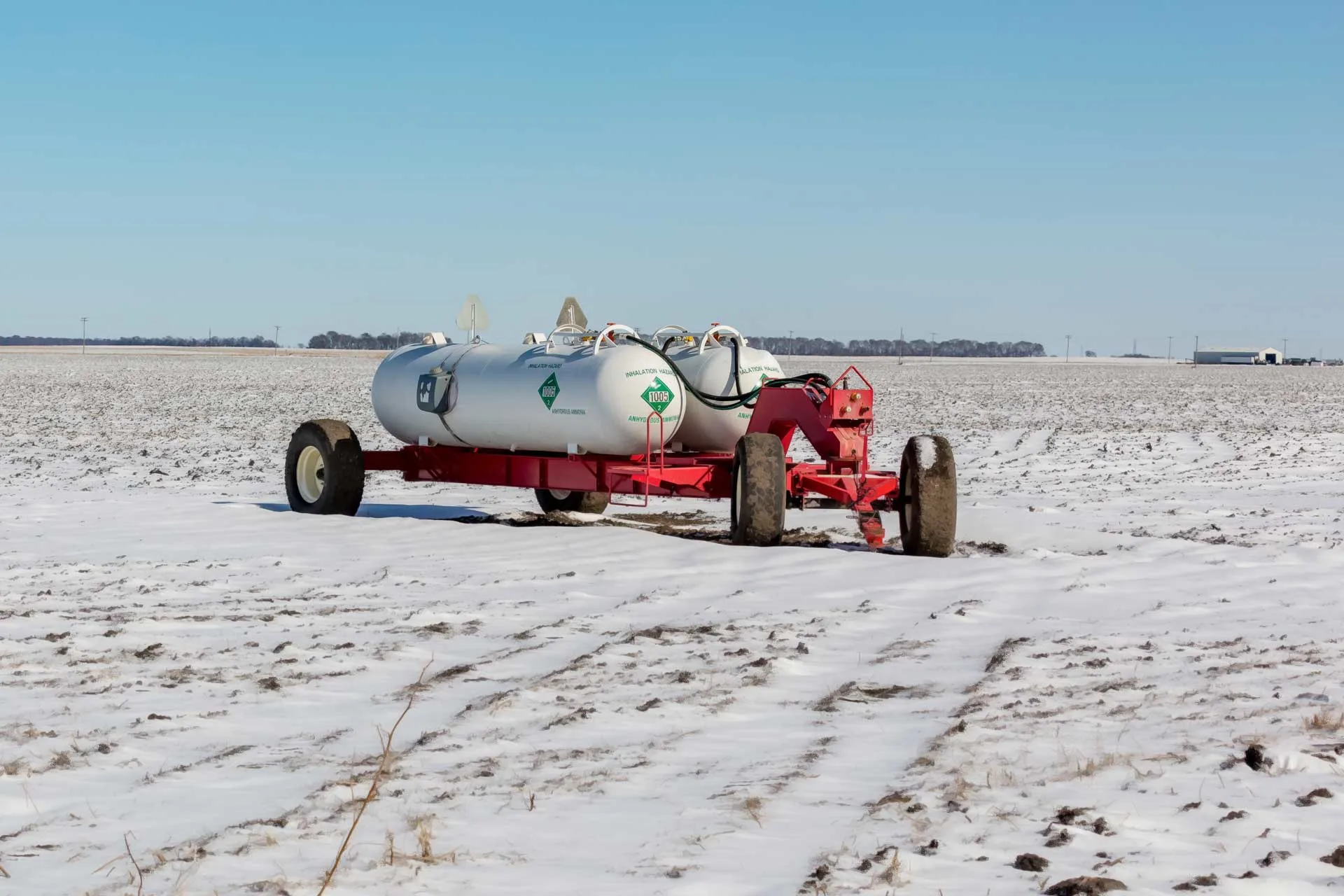
Banding Fertilizer
Broadcast spraying may be a faster process than banding but fertilizer is left on the surface that is prone to runoff and volatilization. Banding your fertilizer, working it into the soil (approximately 6-8 inches deep) between where you will be planting your rows, will help prevent nitrogen loss. Having your fertilizer concentrated closer to the plant roots will make it more available to your crop and may even reduce your fertilizer usage.

Nitrogen Stabilizer
A nitrogen stabilizer acts as a safety net in case environmental conditions encourage the volatilization or nitrification of your fertilizer. Dual action nitrogen management products like Active STABILIZER™ PLUS and ARM U™ ADVANCED contain both NBPT to halt ammonia volatilization and DMPP to inhibit nitrification. With longer soil activity, a lower application rate and no bioaccumulation, DMPP is far superior to other nitrification inhibitors like DCD.
ARM U™ ADVANCED is a two-part nitrogen stabilizer containing 30% NBPT and 15% DMPP. Active STABILIZER™ PLUS is a more economical option compared to ARM U™ ADVANCED. Active STABILIZER™ comes premixed with 12% NBPT and 2% DMPP. Both products perform extremely well depending on your needs.
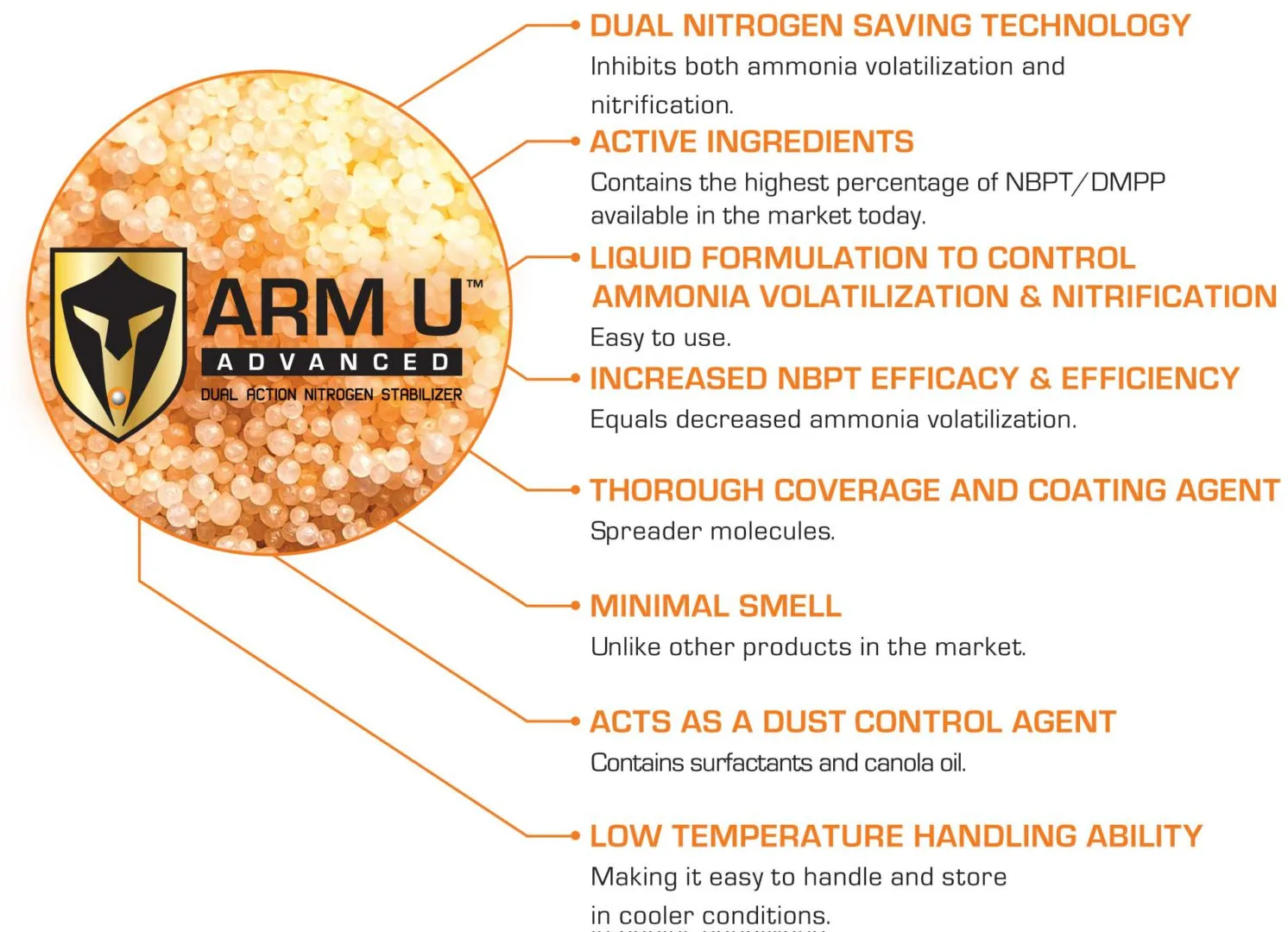
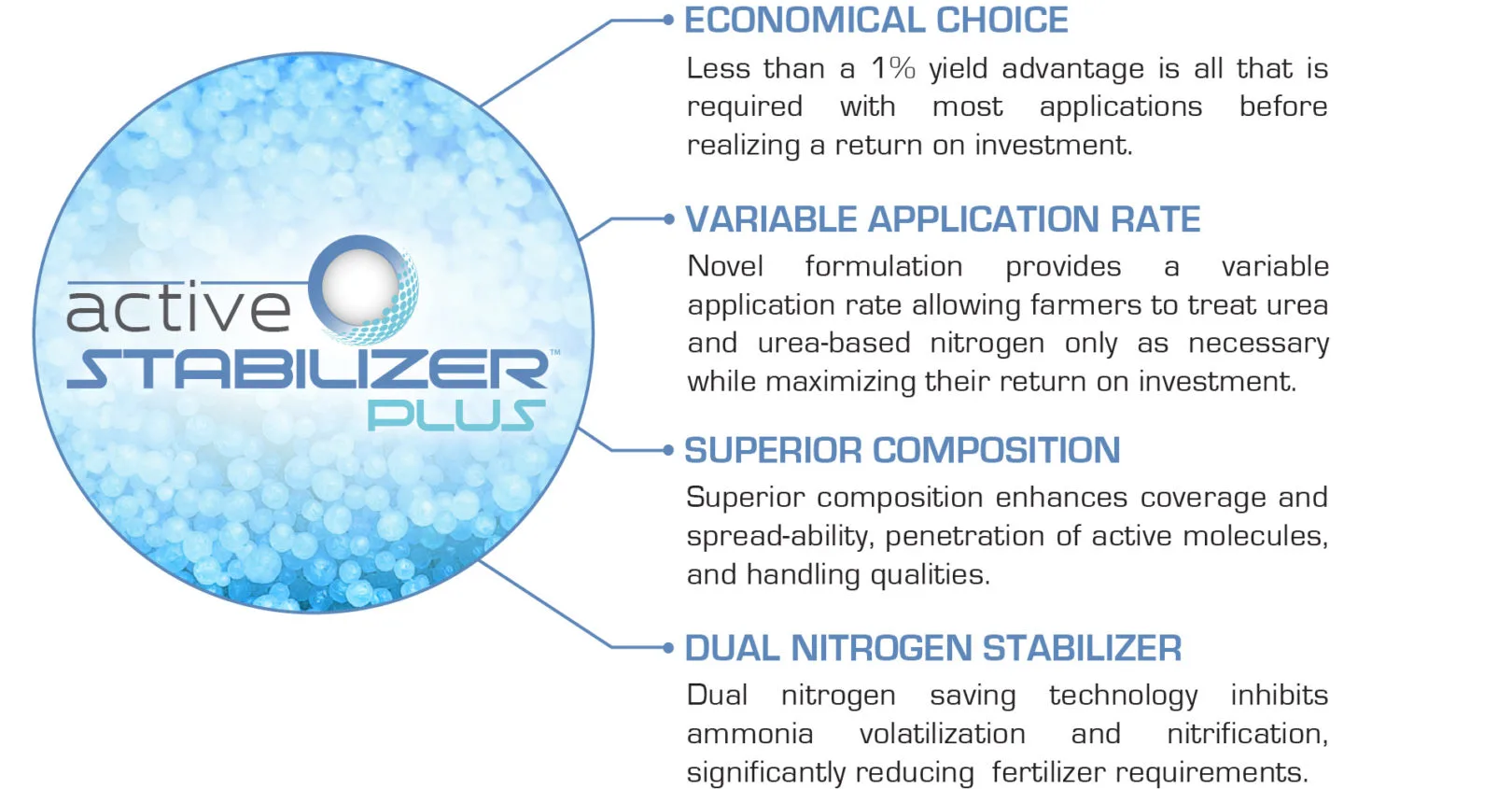
-

ARM U™ Advanced
ARM U™ ADVANCED is a two-part nitrogen saving technology that inhibits both ammonia volatilization, nitrification and denitrification.
-
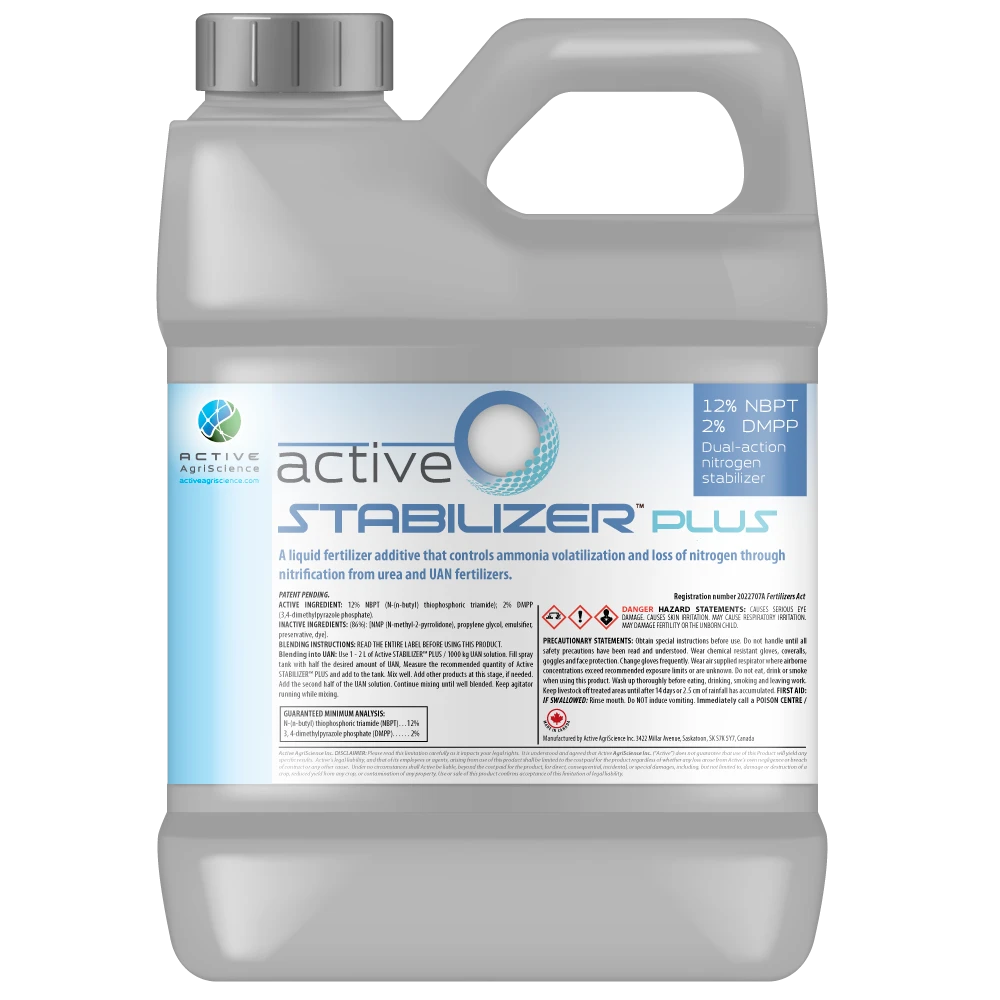
Active STABILIZER™ PLUS
Active STABILIZER™ PLUS is a dual-action nitrogen saving technology that inhibits both ammonia volatilization and nitrification/denitrification.
Protect Your Investment
Remember, if you are applying nitrogen fertilizer in the fall:
- Make sure to wait until temperatures are at least below 5°C.
- Band your fertilizer instead of broadcasting it.
- Apply a nitrogen stabilizer for extra protection.
Taking all of these precautions will greatly reduce the risk of nitrogen loss, saving you money and time that you will need come spring.



